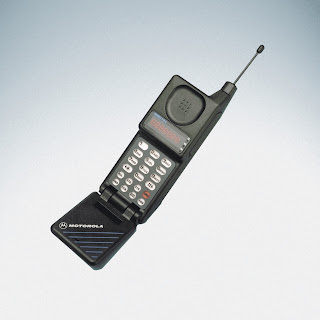Say “goodbye” to first-generation cellular telephony
 If you were an early adopter of mobile telephones – perhaps you have a car phone, a bag phone, or an expensive handset like the Motorola MicroTAC – you used the analog AMPS cellular phone system.
If you were an early adopter of mobile telephones – perhaps you have a car phone, a bag phone, or an expensive handset like the Motorola MicroTAC – you used the analog AMPS cellular phone system.
AMPS, or Advanced Mobile Phone Service, used FM signals in the 800MHz band. Range wasn’t great, but when you had a phone connection, the sound quality was generally good.
While AMPS got the U.S. mobile phone system off the ground in 1983, carriers hated it, because each tower could only handle a small number of connections.
That’s why carriers were quick to move toward multiplexed digital systems, such as GSM and TDMA, because they could support more callers per frequency (and therefore, at lower cost). Sure, digital signals sounded much worse than the analog AMPS calls, but too bad.
AMPS-based telephony also had other problems. If you had wide-spectrum UHF receiver or scanner, you could listen to the analog phone calls. The U.S. Federal Communications Commission swiftly required that new scanners and receivers omit the AMPS band, but older “gapless” radios (like the Yaesu FRG-9600) could handle such signals.
The AMPS cellular network was also the foundation of appliances, such as wireless security systems. Unlike landline-based security systems, whose phone lines could be cut, the transmitter of an AMPS-based security system could still call for help if needed.
For years, the FCC has mandated that some carriers continue to operate their AMPS networks, in order to support those security systems, and also serve customers with older handsets. However, that requirement ends on Feb. 18, 2008, when the FCC “Analog Sunset Order” goes into effect. At that time, we can expect to see AMPS turned off.
Goodbye, analog cellular. You did your job well.
